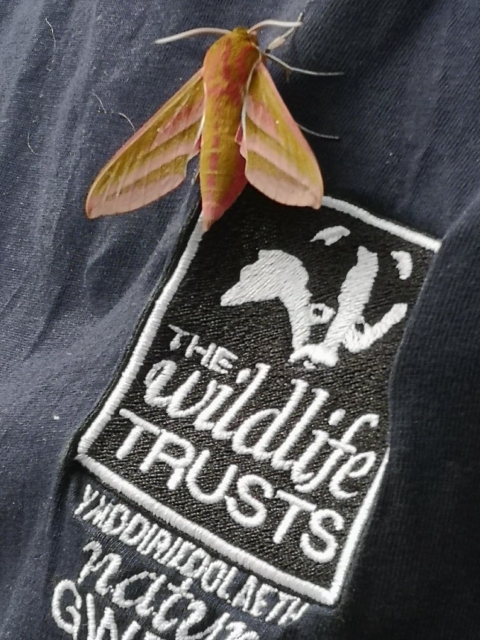An aspect of our enjoyment of wildlife that wasn’t affected by the recent lockdown was our garden mothing - our moth trap can’t go more than 25 metres from a mains socket anyway!
All we need is a dry weather forecast, preferably without too much wind and with clouds to hide the moon, and the trap can continue our investigation of garden wildlife while we sleep.
And there’s a lot to investigate: in three years of running the trap we have captured and released more than 200 species of moth in the garden.
That’s more than all the birds, butterflies, bees, dragonflies and mammals put together!
There's no danger of running out, though: the Gwent county list of macro-moths currently stands at 584 species!






